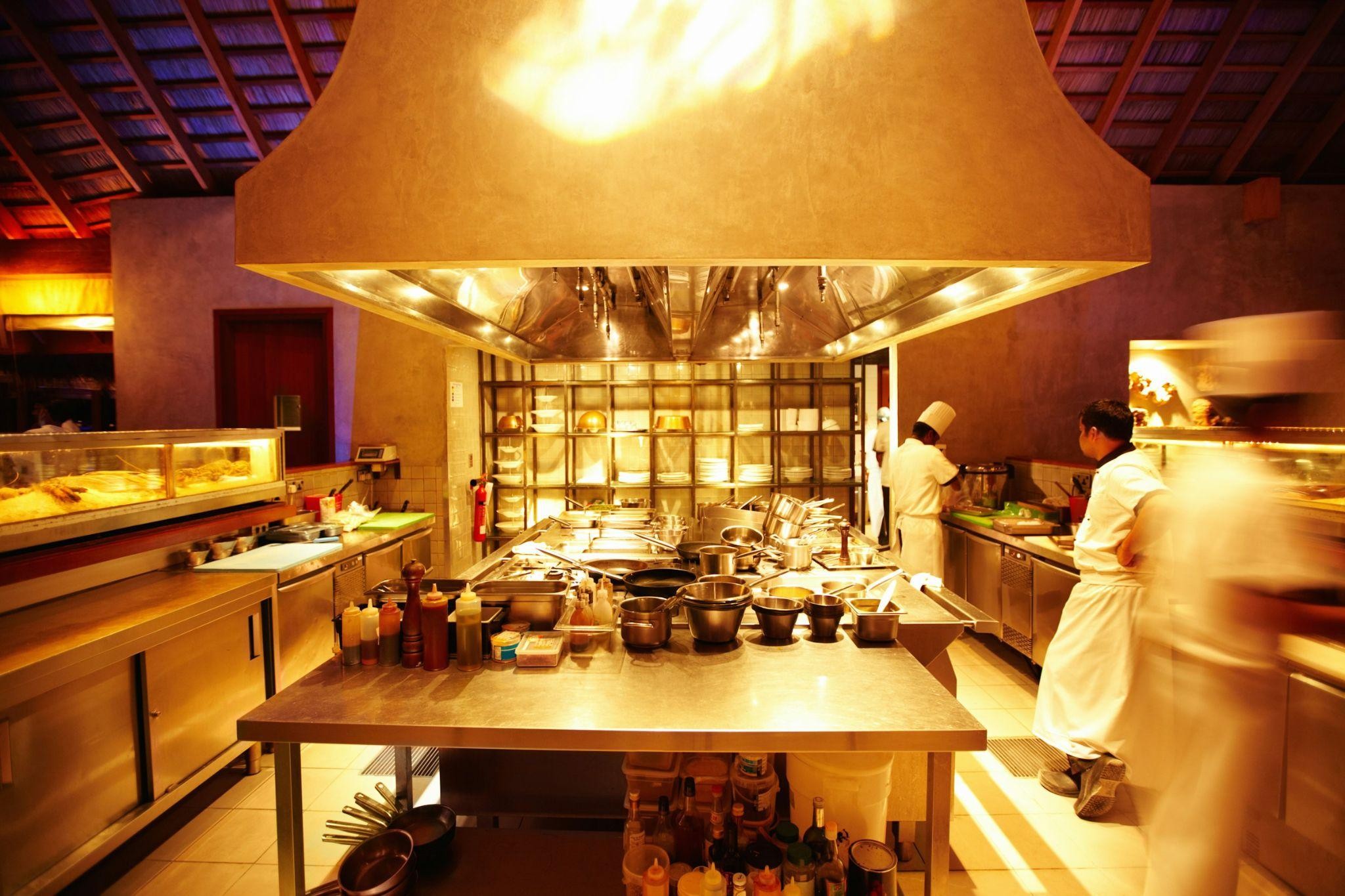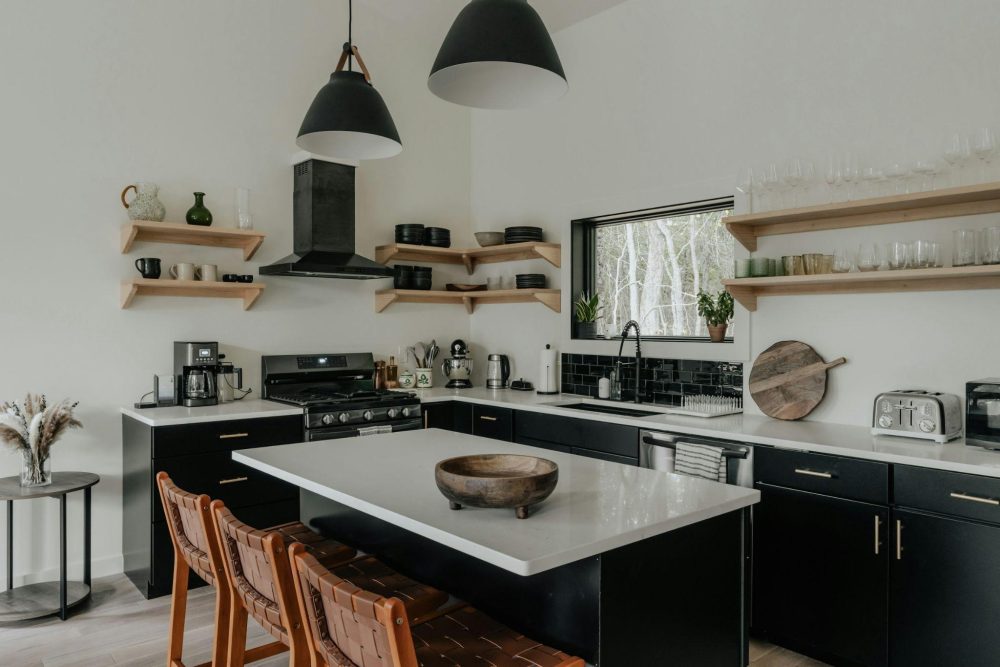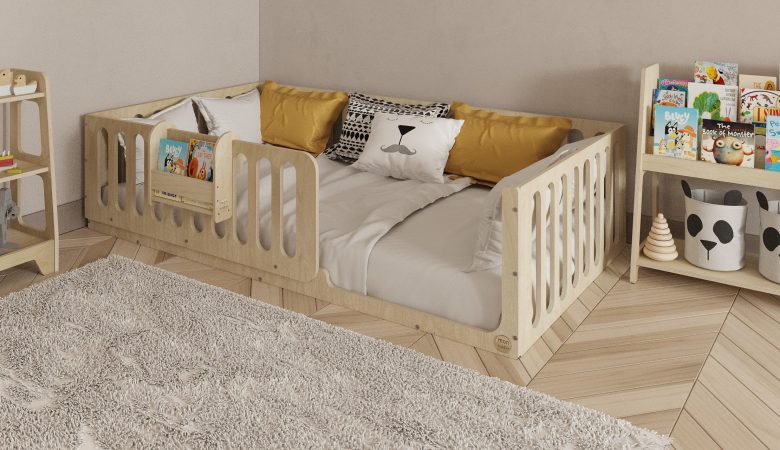Designing a kitchen requires careful consideration of utility, space, and efficiency. However, the approach to designing a commercial kitchen is significantly different from that of a home kitchen. A home kitchen focuses on aesthetics and convenience, but a commercial kitchen prioritises efficiency, effectiveness, and adherence to industry standards.
This article explores the key differences between commercial and residential kitchens, as well as best practices for arranging them effectively.
Key Differences Between Commercial and Residential Kitchens
1. Purpose and Functionality
A home kitchen is intended for personal use, i.e mostly single or two-person use, usually by a family or a small group. The priorities here are comfort, aesthetics, and multifunctionality.
In contrast, a commercial kitchen is designed for high-volume food production, with a focus on workflow efficiency, hygiene, and safety standards, while a lot more people are working on a variety of tasks at the same time.
2. Layout and Space Utilisation
Home kitchens are often smaller, with a cosy and pleasant style. The kitchen triangle (sink, stove and refrigerator) is a standard architectural principle applied here for convenience purposes.
Commercial kitchens require a well-organised layout with specific zones for preparation, cooking, plating, and cleaning to ensure smooth operations and prevent cross-contamination.
3. Equipment and Appliances
The home kitchen will have standard home appliances such as a refrigerator, stove, oven, and microwave that are meant for a small family and/or occasionally a larger party.
Commercial kitchens employ heavy-duty appliances such as industrial ovens, deep fryers, and walk-in refrigerators that can tolerate regular use and high temperatures. Equipment is also chosen based on its capacity to manage bulk food production efficiently.
4. Materials & Durability
For home kitchens, countertops and cabinetry are made of wood, laminate, or ceramic tiles, with a focus on style, durability, usage and aesthetics. Here the focus is to create a semblance of design with the rest of the house as well as focus on getting the best in budget materials.
On the other side, commercial kitchens require stainless steel surfaces, heat-resistant materials, and non-porous finishes to maintain hygiene, ease of maintenance, and food safety compliance. Surfaces must be easy to clean and withstand considerable wear and tear.

5. Ventilation and Safety Regulations
Basic ventilation, such as range hoods and exhaust fans, is usually enough in home kitchens to remove smoke and cooking odours.
In commercial kitchens, advanced ventilation systems, fire suppression units, and strict health and safety regulations are required to meet industry standards. Proper ventilation is essential in commercial spaces to improve air quality and reduce the risk of fire hazards.
6. Storage & Organisation
In home kitchens, storage solutions prioritise convenience and accessibility, with cabinets, drawers, and pantry spaces for groceries and kitchen tools. The design and layout is decided by the family members’ consultation.
Commercial kitchens require large-scale storage for bulk materials, such as walk-in refrigerators, industrial shelving, and separate dry and cold storage sections. Organisation is essential for guaranteeing food safety and efficiency.
7. Cleaning and Maintenance
Cleaning in home kitchens is simple, with a daily maintenance routine focussing on keeping counters and cooking surfaces clean.
On the other hand, commercial kitchens must comply with high hygiene and sanitation regulations. To avoid contamination, surfaces, utensils, and cooking stations should be sanitised on a regular basis. Deep cleaning schedules and designated sanitation zones are required to ensure compliance with food safety laws.
Designing A Commercial Kitchen
When designing a commercial kitchen, considerations for workflow efficiency, hygiene, and compliance are critical. Key considerations include:
Efficient Layout: Use a logical flow to optimise space, reduce movement, and increase productivity. The architecture should allow many chefs and kitchen staff to work together without hindrance.
High-Quality Equipment: Invest in long-lasting, energy-efficient appliances that can withstand high-volume culinary operations without frequent malfunctions.
Compliance: Ensure that designs comply with local health and safety laws, including hygiene practices, fire safety precautions, and waste disposal restrictions.
Ventilation and Fire Safety: Install high-performance exhaust systems and fire suppression equipment to keep the air clean and avoid fires.
Dedicated Zones: To expedite processes and reduce cross-contamination, designate specialised spaces for food preparation, cooking, plating, and cleaning.
Accessibility and Workflow: Make sure the routes are open and broad enough for easy staff movement, lowering the chance of accidents and delays during peak hours.
Designing A Home Kitchen
A home kitchen should strike a balance between aesthetics and utility. Consider the following.
Layout Planning: Use the kitchen triangle technique to improve mobility between the stove, sink, and refrigerator, making cooking and cleaning more convenient.
Storage Solutions: Make the most of your space by installing cabinets, shelves, and drawers that allow you to easily access everyday necessities while keeping your home clutter-free.
Personalised Design: Select materials, colours, and styles that reflect your preferences while complimenting the rest of your home’s décor.
Energy Efficiency: Choose energy-efficient appliances to reduce utility expenses and environmental effects. Consider using LED lighting and energy-efficient refrigerators and ovens.
Multi-Functionality: Because modern house kitchens are frequently used as social rooms, adding seating areas, kitchen islands, or breakfast nooks can improve the space’s functionality.
Smart Technology: Integrating smart appliances like touchless faucets, voice-controlled lighting, and Wi-Fi-enabled ovens can improve kitchen convenience and efficiency.
Tailoring Kitchens to Their Purpose
Commercial and residential kitchens require thoughtful design, but their goals and requirements differ greatly.
A commercial kitchen focuses on efficiency, compliance, and durability, while a residential kitchen emphasises comfort, convenience, and ease of use. By understanding these differences and planning accordingly, you can create a kitchen space that is perfectly suited to its purpose, whether for professional cooking or personal enjoyment.
At Jerry Kitchen, we assist you with creating the ideal kitchen for both residential and commercial settings. Need help? Get in touch with us today!





